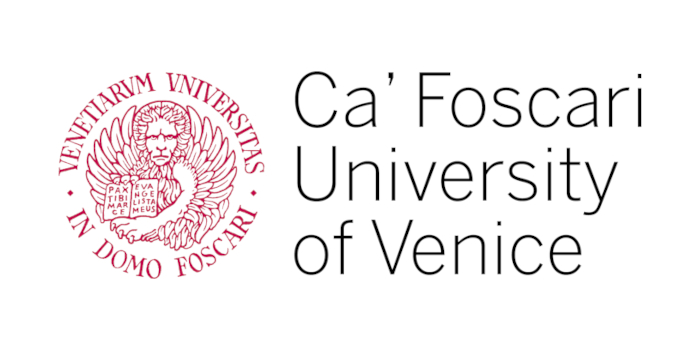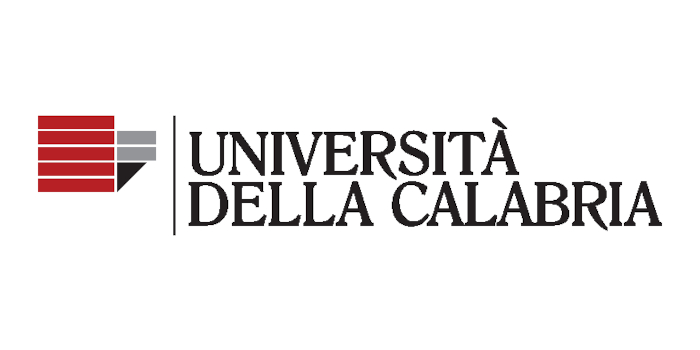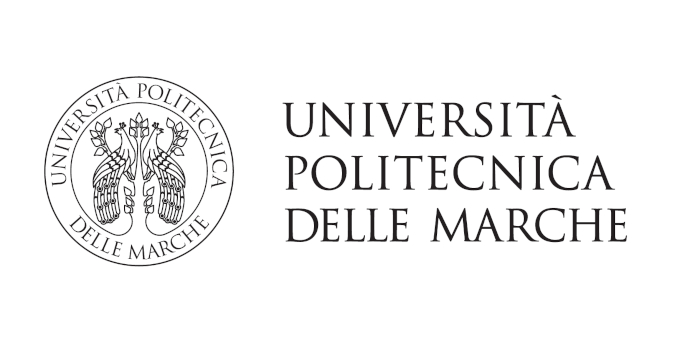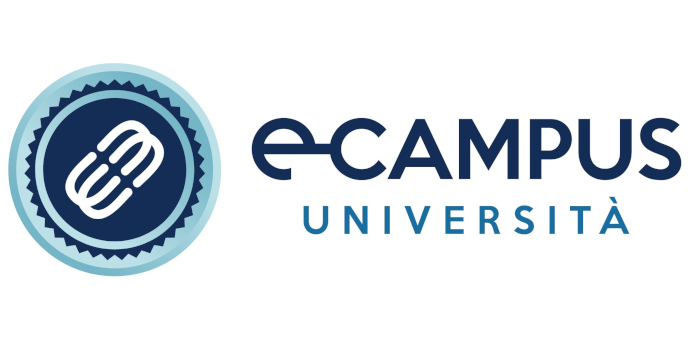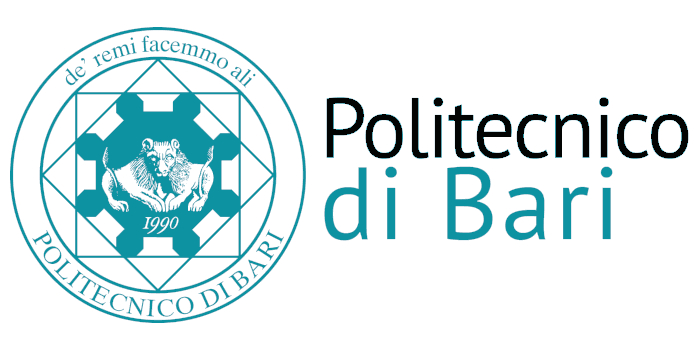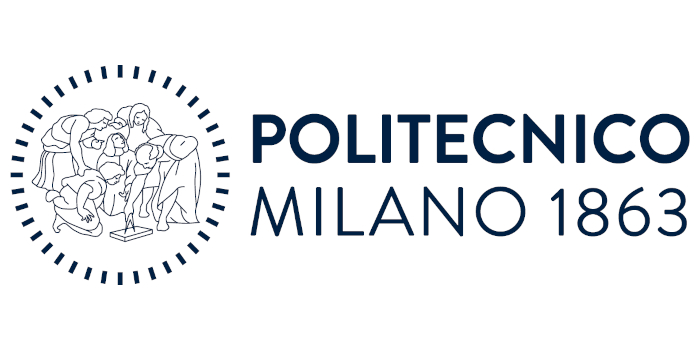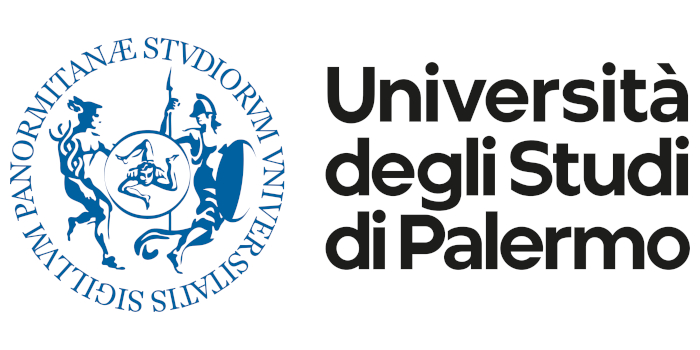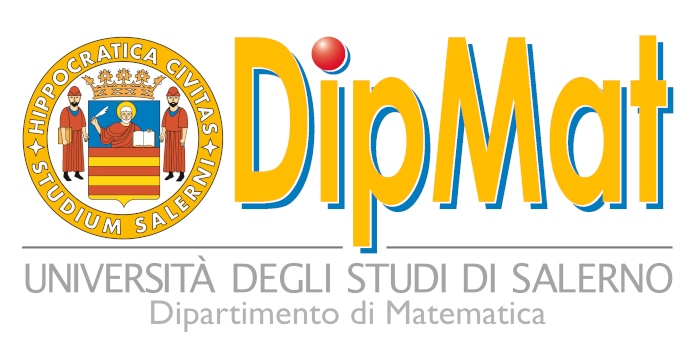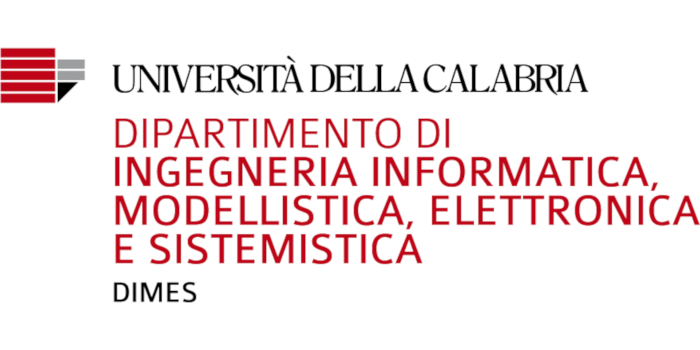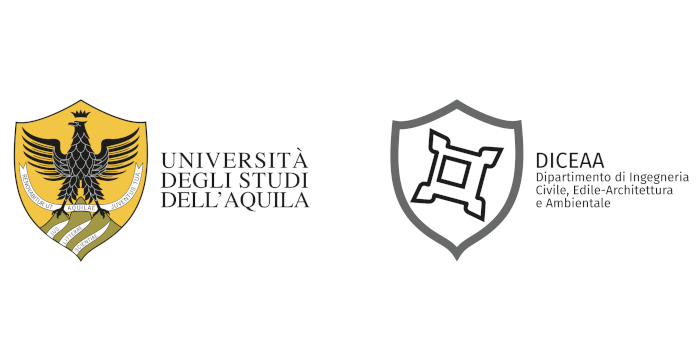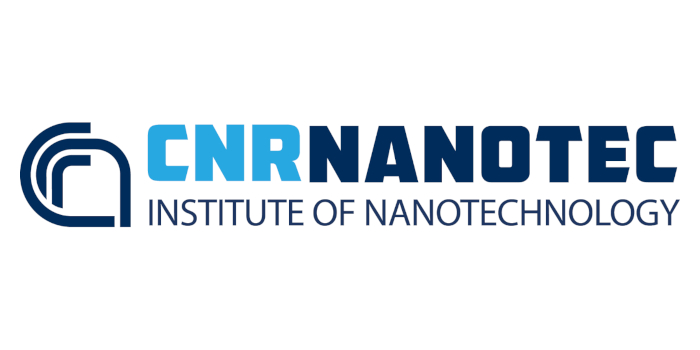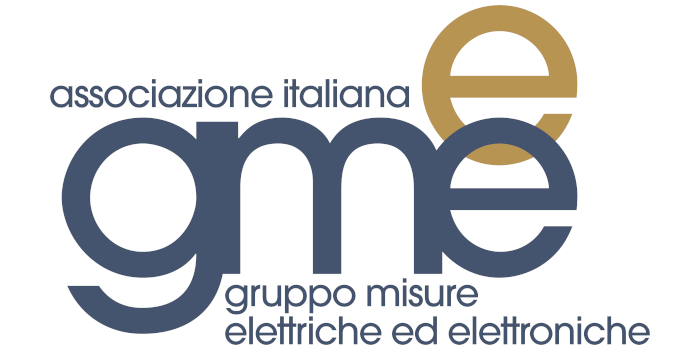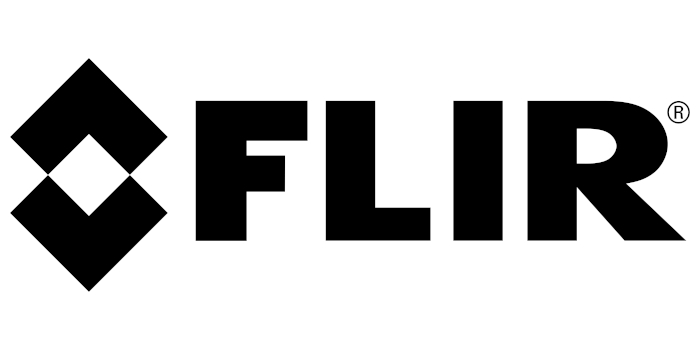TUTORIAL
DaaS-IoT: an overlay mesh network technology for real-time distributed measurements using self-synchronizing nodes
Sebastiano Meduri
Lorenzo Grillo
Pierpaolo Sestito
Sebyone
ABSTRACT
The paradigm of DaaS (Device as a Service) redefines the role of communication infrastructures in the field of measurement and monitoring. In metrology, data must not only be acquired but also transported, interpreted, and utilized across diverse systems. DaaS addresses this need by enabling fully integrated environments where nodes are temporally synchronized and capable of dynamically selecting the most suitable communication channel and protocol. This approach simplifies the deployment of smart monitoring including Machine Learning solutions and Internet of Things paradigm by allowing developers to focus on application-level challenges, minimizing the traditional complexities of edge and fog computing. Unlike conventional architectures, DaaS nodes autonomously manage message storage and replication at communication level, ensuring scalable and resilient data flows without the need for centralized brokers. The benefits of this approach are validated through a heterogeneous deployment involving low-power embedded devices and high-performance computing nodes, demonstrating the feasibility of DaaS for the next generation of distributed measurement systems and showing how nodes synchronize to a common time reference, periodically interact among them, and adaptively optimize communication pathways.
SPEAKERS BIOGRAPHY
Sebyone is an Italian start-up founded to develop the enabling technology called DaaS. DaaS is devoted to create overlay-mesh, self-organizing, data-oriented networks that overlap existing networks to create global connectivity and new services. The Research Team is supported by a technical committee made up of experts from multiple sectors. It is composed by:
Sebastiano Meduri is the founder and technical director. He coordinates research and development activities and develops prototypes for the use of DaaS technology in various application areas including the energy and renewable sectors.
Lorenzo Grillo is the DaaS project development manager. He contributes with important developments of the Protocol and routing algorithms as well as coordinating porting on the various platforms.
Pierpaolo Sestito is the external relations manager for research. He is responsible for the development of algorithms for no-flooding time synchronization.



